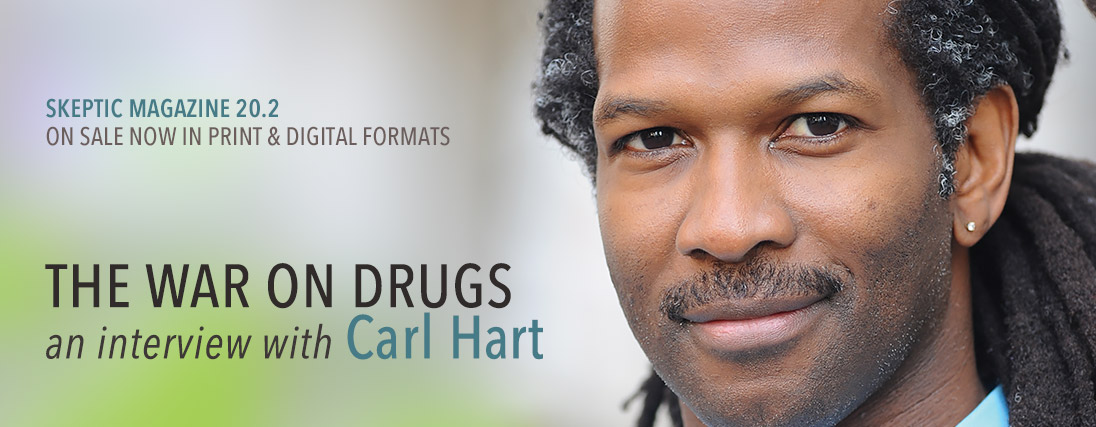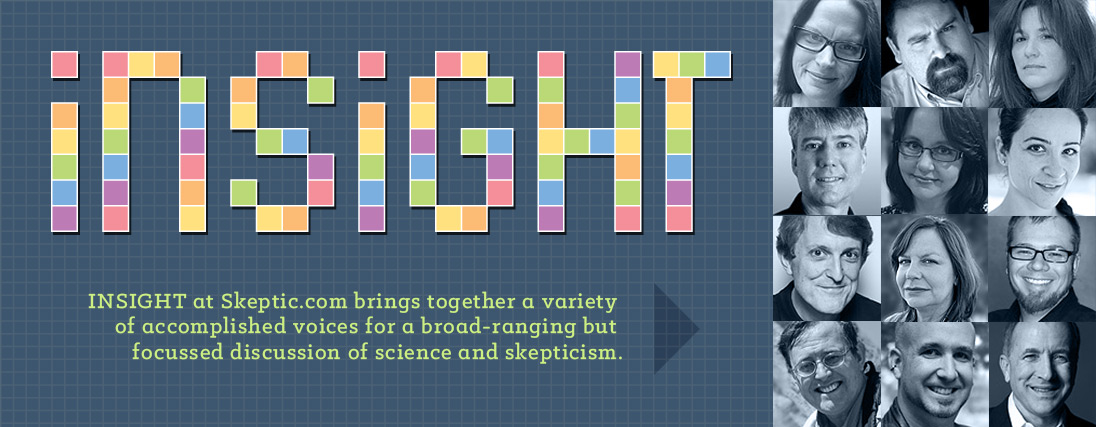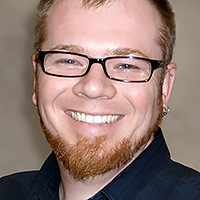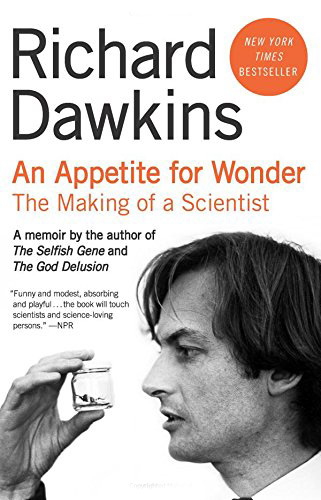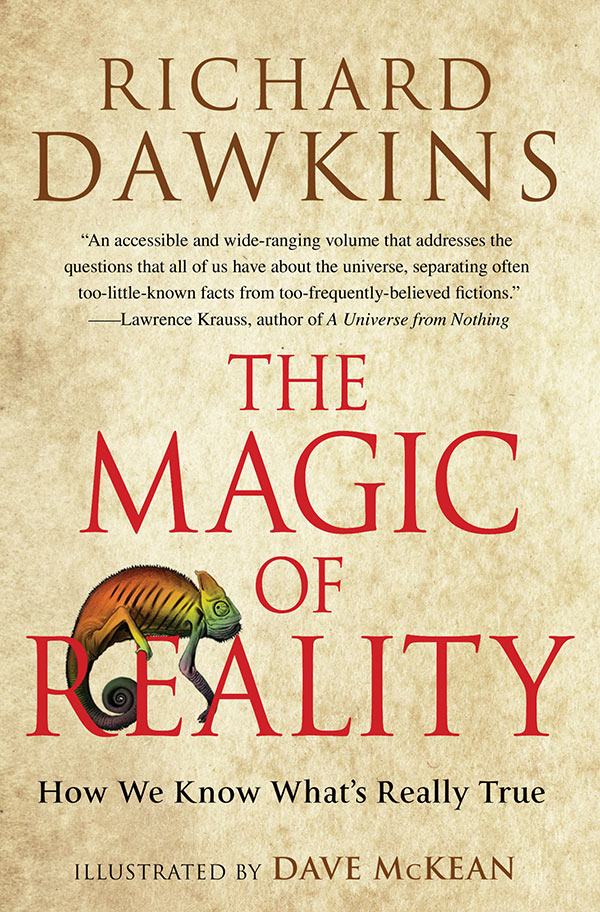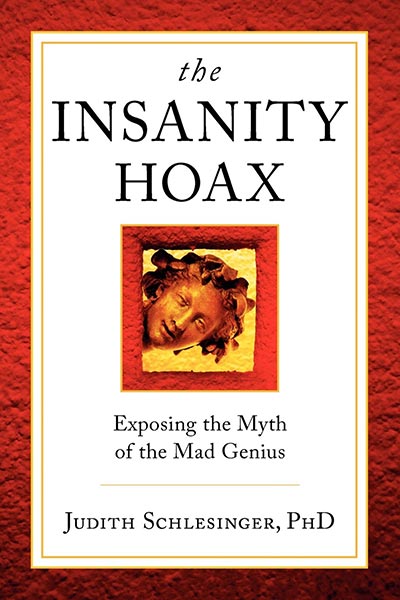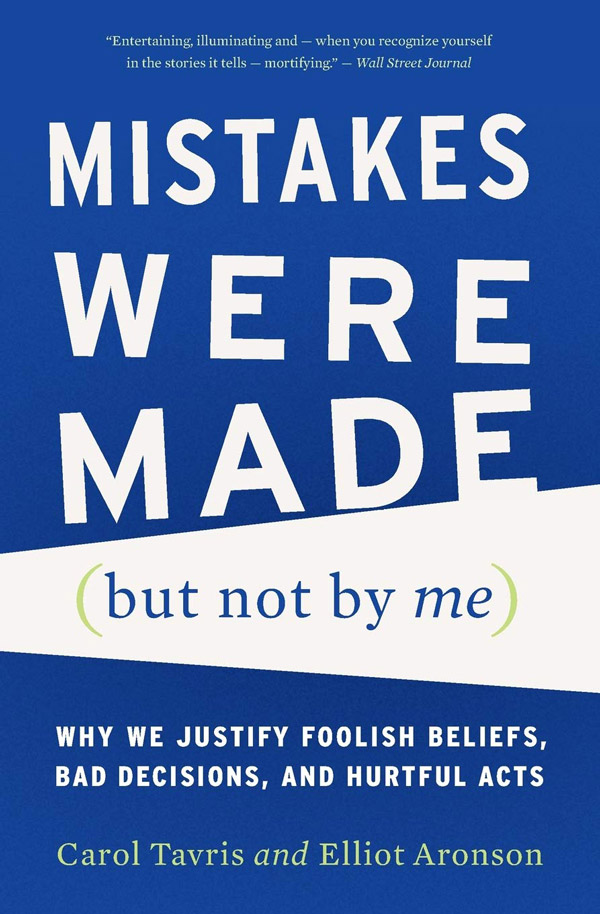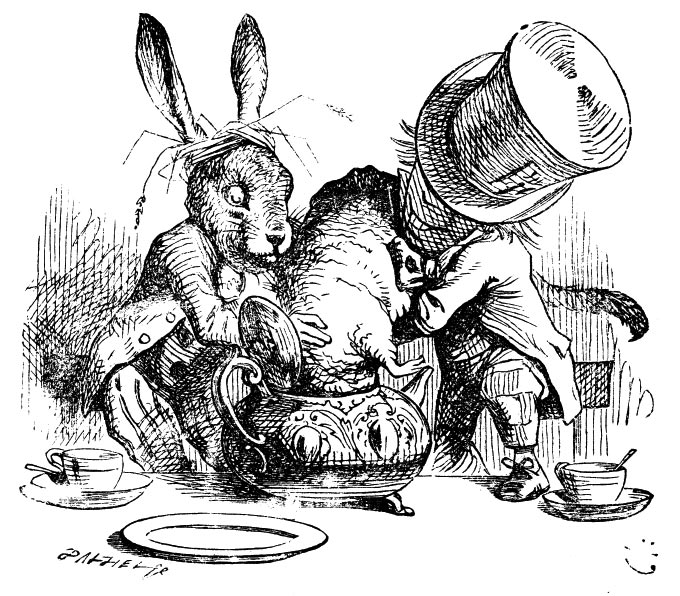
The March Hare and the Mad Hatter put the Dormouse’s head in a teapot. Illustration by John Tenniel (1820–1914) [Public domain], from Alice in Wonderland
About this week’s eSkeptic
Are the greatest artists, musicians, and writers melancholic, bipolar, alcoholic, drug addicted, schizophrenic, autistic, or disordered in other ways? How can we know, with any degree of certainty, whether creativity and mental illness are related? In this week’s eSkeptic, Dr. Carol Tavris takes a look at the persistent myth of the mad genius. This article appeared in Skeptic magazine 20.1 (2015).
Carol Tavris is a social psychologist and coauthor, with Elliot Aronson, of Mistakes were made (but not by ME).
The Persistent Myth of the Mad Genius
by Carol Tavris
Do you have to be crazy to be creative? Must artists choose between genius and sanity, artistry and love? In the 2014 film Whiplash, the answers are the familiar yes and yes. Brilliant teenage drummer, inspired but brutally provoked by his sadistic teacher, learns that the worst lesson in the world for an aspiring musical genius is that it’s all right to be “good enough.” Any antidote to mediocrity is worthy, but the film’s alternative vision to being “good enough” is that an artist must suffer, and I mean suffer, to become great: demeaning insults! public humiliation, enough to make a lesser person—a merely talented mortal—hang himself! practice until your fingers bleed! give up any possibility of love! Tell that to Itzhak Perlman or Yo-Yo Ma.
Many people who enjoyed this film saw it as a duel between a gifted boy and his nasty, much-less-gifted teacher, in which (spoiler alert, not that I’m spoiling much of a surprise) the gifted boy ultimately triumphs, though at the price of losing his girlfriend. In the New York Times, Quentin Hardy reviewed the similar portrayals of math geniuses, from Alan Turing’s cold heartlessness in The Imitation Game to John Nash’s paranoid schizophrenia in A Beautiful Mind. In these and so many other films, we learn (as does the hero) that the price of brilliance is an inability to feel deep emotion and to love. Except that wasn’t so; the filmmakers edited out pesky details that didn’t fit the narrative they wanted to tell. Nash was arrogant “but he also had a number of relationships with people of both sexes,” and Turing, who had numerous lasting friendships, suffered more from being gay in a time of savage repression of homosexuality than from being mathematically brilliant. Depicting these geniuses as having impoverished social lives, writes Hardy, “signals our ambivalence”— toward computers, toward science, and toward genius.1
Certainly the dominant view among scholars is that creativity, genius, and madness are linked in some deeply rooted biological and psychological way, as psychologists Dean Keith Simonton (The Origins of Genius) and Kay Redfield Jamison (An Unquiet Mind), and neurocientist Nancy Andreasen (The Creative Brain) have argued for years. But whenever there is a consensus view, there is usually a skeptic raising provocative questions from the sidelines, and the creativity field has Judith Schlesinger. Indeed, for a new edited volume from Cambridge University Press, Creativity and Mental Illness, Schlesinger was invited to write “the cautionary chapter.”2 The book itself is described as re-examining “the common view that a high level of individual creativity often correlates with a heightened risk of mental illness. It reverses conventional wisdom that links creativity with mental illness, arguing that the two traits are not associated.”
That is precisely the reversal that Schlesinger argues more fully in her book The Insanity Hoax: Exposing the Myth of the Mad Genius,3 a short, clear, witty, and empirically grounded takedown of the mad-genius assumption. Schlesinger, a psychologist and musician herself, acknowledges at the outset the familiar, tragic stories of many beloved musicians—as diverse as Beethoven, Berlioz, Jimi Hendrix, Judy Garland, Charlie Parker, and Billie Holiday—and the observations of philosophers and scientists from Plato and Aristotle to the present day that the greatest artists are melancholic, bipolar, alcoholic, drug addicted, schizophrenic, autistic, or disordered in other ways. We think with sorrow of the deaths of Robin Williams and Philip Seymour Hoffman, which confirm our view of the great but suffering actor, and forget the long and satisfying lives of other great actors, such as Paul Newman, Robert Redford, and Maggie Smith, which disconfirm it. We ignore the fact that Robert Downey Jr. triumphed over drug and alcohol addiction with no diminution of his acting talent or career.
Schlesinger begins with examples of how the media reflect and perpetuate the mad-genius myth, with headlines such as “How Inner Torment Feeds the Creative Spirit” and articles claiming that creativity and mental illness are linked, “particularly in artists, musicians, and writers.” Many artists suffer from the belief that they have to suffer to be great. Saxophonist Bud Shank told an interviewer that two writers had given up the project of writing his biography “because they couldn’t find anything wrong with me. I haven’t been in jail, I haven’t been an alcoholic, I haven’t done anything nasty—so in their eyes, as far as what sells books about jazz musicians, there was nothing to write about. Ever since Van Gogh cut his ear off, everybody thinks an artist has to be a hurt artist. It’s like you’re no good otherwise.”
To know with some degree of certainty, rather than anecdote, whether creativity and mental illness are related, you have to define and measure them clearly, and, as Schlesinger shows, that has not been done. Not for want of trying; it’s just that the subject is hydra-headed and complex. Many studies are based on hearsay; many rely on self-selected or experimenter-chosen subjects, which bias the investigation from the start. Schlesinger admits her own bias at the outset: she detests “the patronizing caricature of the mad creative and how it devalues the artistic product.” The effort to link creativity and madness, she believes, “is as futile as grabbing at clouds.” No one disputes the evidence that many creative people and geniuses have serious psychological problems, ranging from depression to schizophrenia, and these are the people who capture our attention and sorrow, who have biographies written about them, who are the subjects of films. But many creative people have no ruinous mental-health problems and many bakers, librarians, and lawyers do. It’s telling that there is no “mad baker” theory of the culinary arts.
The first step in critical thinking is “define your terms,” and that is one reason for the muddle about this issue. What is creativity, exactly? There are hundreds of definitions and measures. What is genius? Your IQ test score or your achievements? Is artistic genius different from mathematical genius? Are we left with “we know them when we see them”? But what do we know, and how does what we know affect what we see?
Schlesinger’s critique of the methodological problems in the most famous studies that have claimed to find links between creativity and madness is eye-opening. Many used too few participants for meaningful results (Andreasen took 15 years to study 30 people); they enlisted people who were personally known to the sole interviewer and judge; they relied on idiosyncratic rather than standardized measurements of mood disorders (Jamison’s diagnosis of an artist’s mood disorder was simply his claim that he had been treated for it); and they generalize the results from highly specialized samples to the population at large. Andreasen admitted her results were not statistically significant; Jamison didn’t have a control group, so she didn’t bother with statistics at all.
“…however much we want to romanticize [genius], it is typified by qualities that are disappointingly opposite of psychotic: self-discipline, tenacity, organization, calmness, and strong self-image.”
The myth dictates that supremely creative people “are either inflamed by mania, frozen in despair, or endlessly whiplashed between the two,” says Schlesinger. “But it’s just as easy—and much better documented—to view the creative process as healthy and life-affirming.” She cites personality psychologist Daniel Nettle’s review, which found that “psychological studies have shown again and again that, however much we want to romanticize [genius], it is typified by qualities that are disappointingly opposite of psychotic: self-discipline, tenacity, organization, calmness, and strong self-image.”
Having a high IQ, the technical definition of “genius,” doesn’t explain much either, even if there is a strong genetic component to it. Genius, unlike cream, does not inevitably rise to the top; success depends more on drive and determination. In 1921, Louis Terman and his associates began following more than 1,500 children with IQ scores in the top one percent of the distribution. These children, nicknamed Termites after Terman, started out bright, physically healthy, and well adjusted. But some failed to live up to their early promise, dropping out of school or drifting into low-level work. The 100 most successful men had been ambitious, were socially active, had many interests, and had been encouraged by their parents. The 100 least successful drifted casually through life. There was no average difference in IQ, or in mental illness, between the two groups.
Schlesinger describes the subsequent studies by Albert Rothenberg and his associates, who concluded, after 25 years of studying creative thinking in living artists and scientists, that “there is no specific personality type associated with outstanding creativity. Creative people are not necessarily childish and erratic in human relationships, as is often thought, nor are they necessarily extraordinarily egotistic or rebellious or eccentric.” Only one characteristic was present in all creative people: motivation. They want to be creative, and are willing to put consistent effort into that goal. This may be the craziest thing about them, because their talents and determination can be threatening to the non-geniuses around them. By definition, they want to do things differently. They often don’t get along with their conformist colleagues. They are perfectionists, which annoys their “it’s good enough” colleagues. They are rebels, and as social psychologists have amply demonstrated, Americans may praise rebels but are uncomfortable with them.
At the heart of genius lies motivation, hard work, and persistence. How obvious, how annoying, how unromantic! “Unfortunately,” Schlesinger notes wryly, “hard work will never be as thrilling as drowning, whether in the white waters of ecstasy or the sludge of despair.” That is not a popular message, especially, she says, in a culture that promotes the notion that everyone is the same and all must have prizes, a culture that values self-esteem over ability, effort, and competence. No wonder that many people welcome the myth of the mad genius. It gets them off the hook of the sheer hard work that artistry and genius require: practice, learning, coming back from failures along the way. We may not share that spark of genius, we might feel twinges or envy or resentment toward geniuses and the “unfair” advantage their talent confers on them, but look at their miserable lives. At least we’re not crazy. ![]()
References
- Hardy, Quentin. 2014. “Math Genius, Through Hollywood’s Lens.” New York Times, B6, December.
- Judith Schlesinger (2014), “Building Connections on Sand: the cautionary chapter,” in J.C. Kaufman (Ed.), Creativity and Mental Illness. Cambridge, England: Cambridge University Press.
- Schlesinger, Judith. 2012. The Insanity Hoax: Exposing the Myth of the Mad Genius. Ardsley-on-Hudson, NY: Shrinktunes Media.


